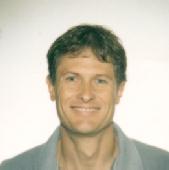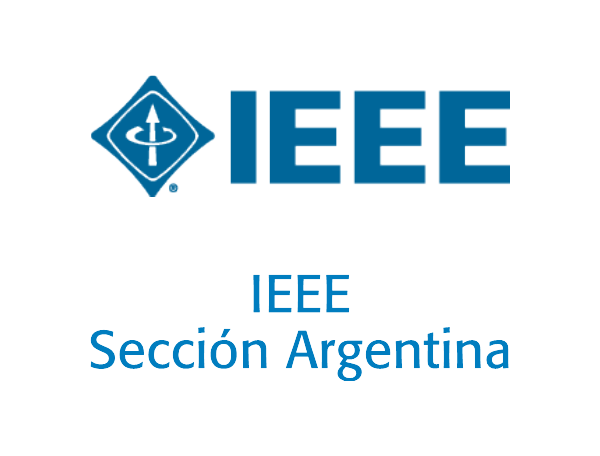The Periodic Laws of Circuit Design

University of Utah
Resumen de la conferencia/Conference Abstract
As elegantly stated by Gaius Cornelius Tacitus: “In all things thereis a law of cycles”. It is clear that we are daily surrounded by cycles in nature, from the spin and orbit of the earth, to the periodic structure of the natural elements from which it is built. In this presentation I will argue that the digital circuits that we build are no different: the elements of circuit design are periodic, just as are the natural physical elements. This presentation will weave the periodic nature of circuits into the history of design evolution, and predict whether there will be periodicity in design formalism. It will include a simple nuts and bolts definition of the art of design, and how digital systems are naturally created “without clocks”. The foundation of design will be argued to itself be based on laws of concurrency and synchronization, and how if properly formed and applied, these laws provide great room for creativity, flexibility, and design freedom as we attempt to build efficient cyclical circuits.
Biografía/Biography
Kenneth S. Stevens is a Professor at the University of Utah. Prior to Utah, Ken worked at Intel’s Strategic CAD Lab where he developed timing technology for the double frequency ALU cores, multiple input switching validation, and the design of the front end of the Pentium Processor with asynchronous circuits. Prior to Intel, Ken was an Assistant Professor at the Air Force Institute of Technology (AFIT) in Dayton Ohio where he developed asynchronous communication chips for space applications. Ken received his Ph.D. at the University of Calgary, where he researched the verification of sequential circuits and systems.
Before that he worked at Fairchild Labs for AI Research and Hewlett Packard Labs. There he invented an asynchronous circuit synthesis methodology called “burst mode”, and designed and fabricated an ultra high bandwidth communication chip for distributed memory multiprocessors. He also received three degrees from the University of Utah, including a B.A. in Biology, and B.S. and M.S. degrees in Computer Science. Ken has published in journals and conferences, has 14 patents, and is a Senior Member of the IEEE. He also created a successful software startup company, has developed software for the GNU project, and serves on program committees and conference chairmanships. His current research focus includes VLSI design, asynchronous circuits and systems, timing verification, CAD, formal methods, network fabrics, high speed on-chip communication.
Volver a Disertantes distinguidos
Return to Distinguished Lecturers

